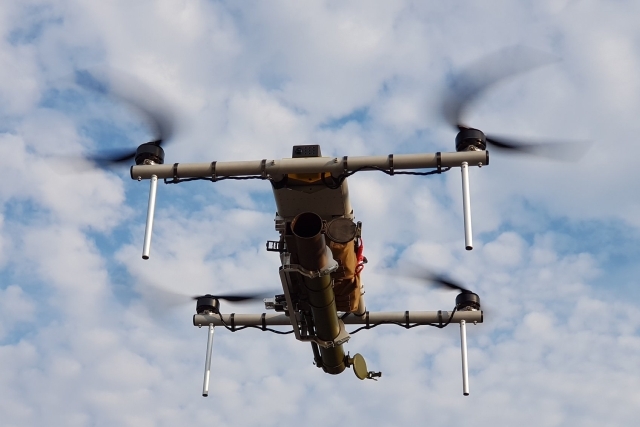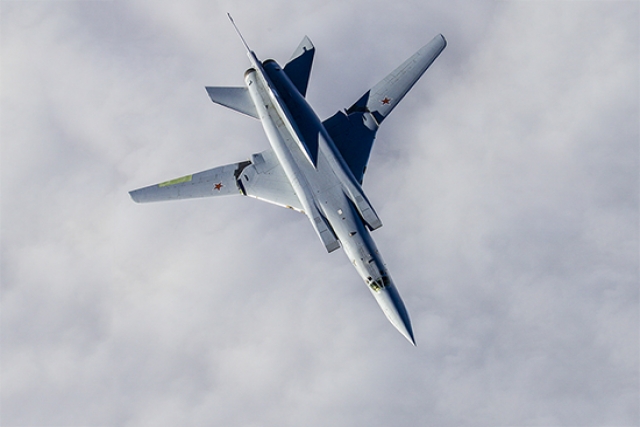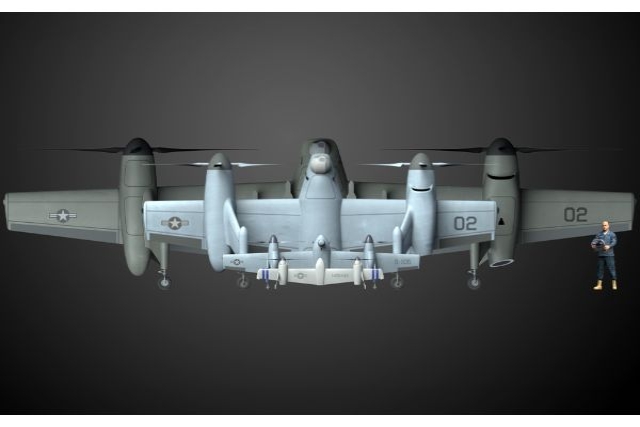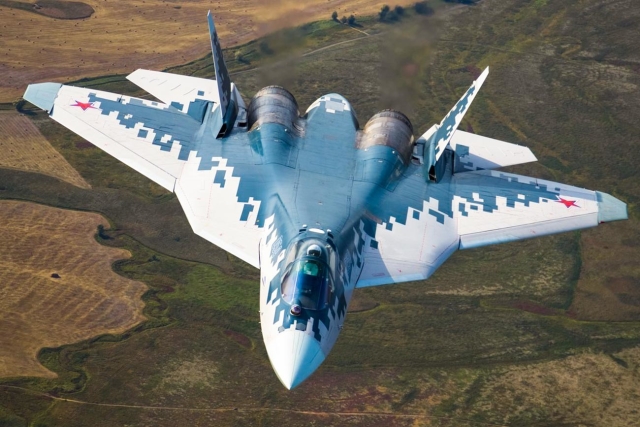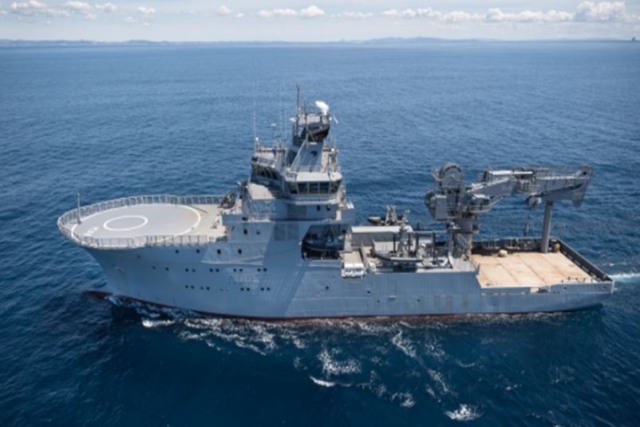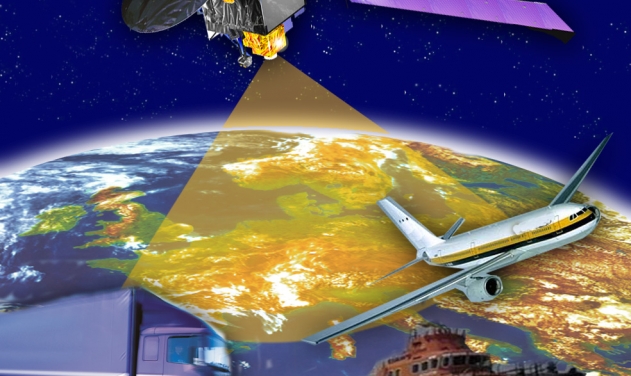Ukraine Likely Used its Latest Drones in Attacks on Russian Airfields
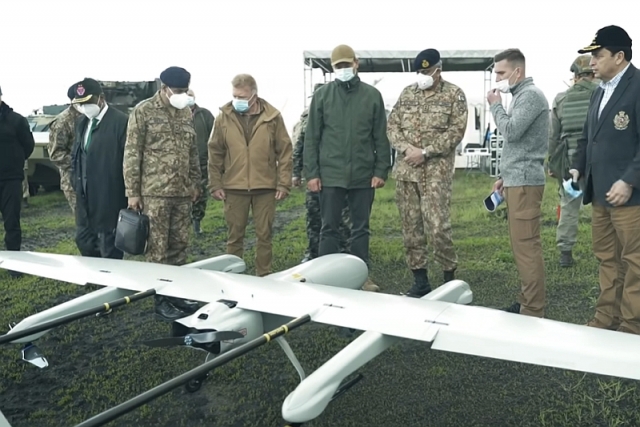
Ukraine may have used all-new indigenous drones in attacks on Russian airfields on December 6 that destroyed two Tu-95MS strategic bombers, one Tu-22M3, one fuel tanker besides killing three Russian soldiers.
Among the indigenous drones at Ukraine's disposal, two of them stand out as suited for the mission of attacking airfields deep inside Russia; the PD-2 and the Sokil-300 attack/reconnaissanse drones. Both push-propeller UAVs boast of a range in excess of 1000 kms and an endurance of over 9 hours.
For the record, the three airfields attacked on December 6 Ryazan is some 500 km from the frontline in Ukraine while Saratov is around 300km. The third airfield attacked-Kursk is some 200 kms from the border.
While the Russian MoD claimed that the attacking UAVs had been taken down, satelite images posted in Ukrainian media show damage to the fuselage of what appears to be Russian long range bombers at the Ryazan and Saratov airfields and a fuel depot on fire after the Kursk airfield attack.

According to Ihor Zhdanov, co-founder of a Ukrainian think tank, Open Policy Foundation:
"Across social networks, discussions have been taking place regarding the type of UAVs that were used to strike Russian strategic aviation bases. After all, until now, Ukraine had not seemingly produced drones with such a range, and the U.S. has refused to supply Ukraine with the Gray Eagle attack UAV.
According to the results of these discussions, experts have come to the conclusion that Ukraine used Soviet UAVs of the type Tu-141 "Stryzh" or Tu-143 "Reis" in a modernized form. Allow me to disagree with this conclusion. Most likely, a completely new Ukrainian development was used." he said in comments quoted in Kyivpost.
Ukrspecsystems' PD-2 attack/reconnaissance drone
According to information from Ukrspecsystems, the manufacturer of the PD range of drones, "the PD-2 unmanned aerial systems are currently on active service in Ukrainian Armed Forces. Our systems are permanently operated to perform various military tasks. The solution has received positive feedback from Ukrainian Army officers, drone operators, and intelligence agents."
PD-2 is equipped with anti-jam capabilities, ensuring a smooth operation without a GNSS (satellite) signal or while facing GPS spoofing or control signals interception attempts, Ukrspecsystems said.
Another drone that could have been used in the airfields attack is the Sokil-300, a larger drone compared to the PD-2, it features four underwing missile platforms and a claimed range of 3000 km. Launched in early 2021 (before the Russian invasion) It is not known if the drone has entered Ukrainian service.
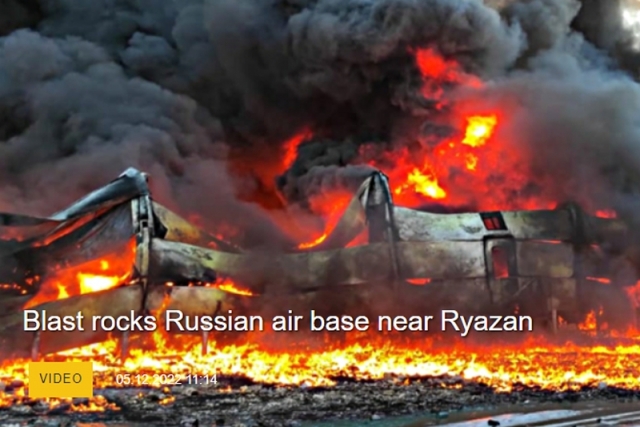
An all-new drone?
Major General Yuriy Danyk, an advisor to the general diector of Ukroboronprom spoke of an asymmetric response to Russian superiority in aircraft, artillery and ships in the form of attack drones.
"One option could be our new strike drone, a number of features of which we have already unveiled. Yes, it can operate at a range of 1,000 km, and under certain conditions - up to 1,200 km.
Its payload is about 75 kg. We accelerated the production of the first prototype as much as possible, tested it in the air and are preparing for the next stage - the demonstration of the capabilities of this complex to the leadership of the Security and Defense Forces of our country."
Speaking of earlier drone attack successes, he said, "At the end of October, for example, the Black Sea fleet of the aggressor was hit in the bay of Sevastopol. The bay, which, according to the Russians, was protected by all possible means, not even 100%, but 150%. However, this defense was breached by naval drones."
Were the drones used in the airfields attack aided by NATO reconnaissance and guidance systems?
The Ukrainians would have needed something more than local ingenuity to bypass Russian defensive systems which include early warning and electronic warfare assets all along the route to the airfields. NATO has a host of means to suppress enemy radars and satellite tracking systems along parts of Russia's border shared with NATO members such as Poland. Did NATO lend a helping hand?

